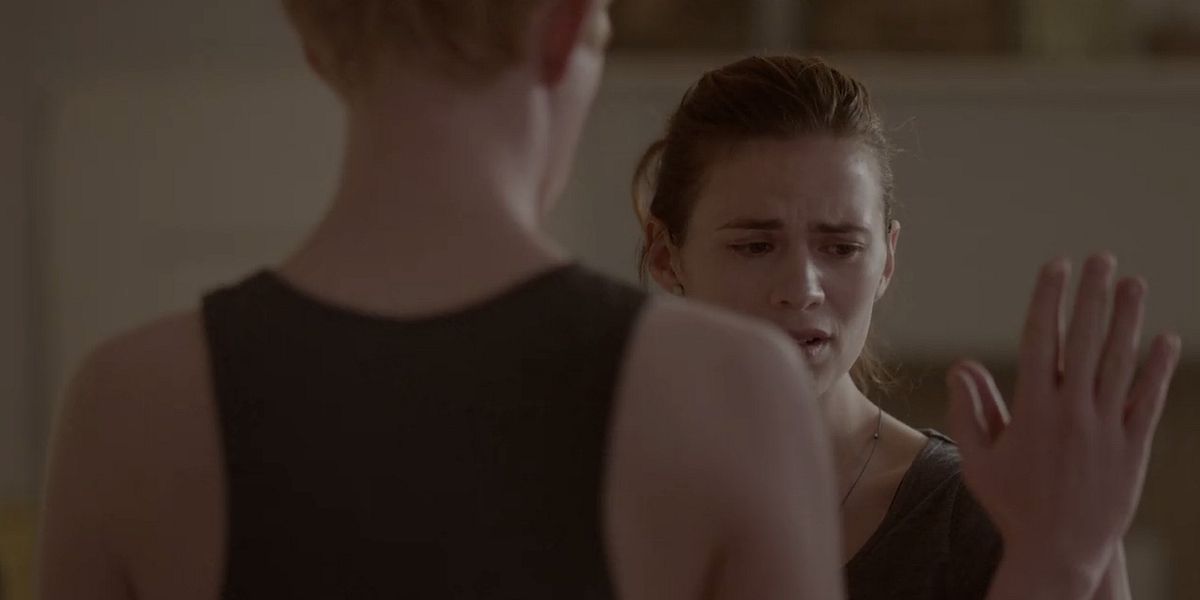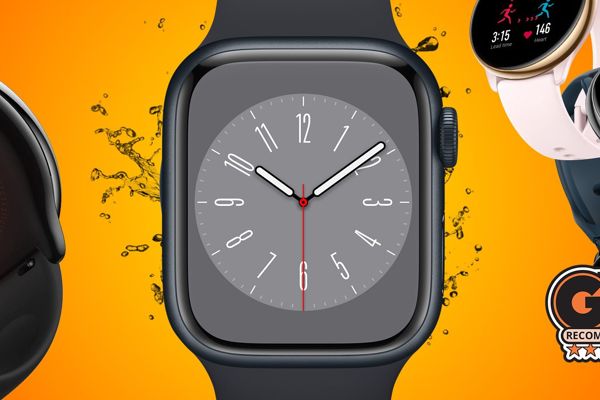
Black Mirror's Mind-Blowing Twist: Decoding the Chilling 'Be Right Back' Ending

Black Mirror's 'Be Right Back' explores the profound impact of technology on the grieving process, highlighting how our online personas shape our lasting memory Discover the poignant ending that delves into the complexities of human connection in the digital age
The second season of Black Mirror kicks off with the contemplative and personal episode, "Be Right Back," helmed by director Owen Harris (known for his work on "San Junipero" and "Striking Vipers"). A standout installment in Netflix's sci-fi anthology series, it delves into the depths individuals are willing to navigate when confronted with loss and sorrow.
In an interview with Time Out, Black Mirror creator Charlie Brooker unveiled the inspiration behind this episode. While deleting unnecessary contacts from his phone, he stumbled upon the name of a deceased individual. Removing it felt oddly disrespectful, sparking a captivating idea: "What if these individuals were deceased and their thoughts were simulated through software?"
What Is Black Mirror’s ‘Be Right Back’ About?
Introducing a young couple, Ash Starmer (played by Domhnall Gleeson) and Martha Powell (portrayed by Hayley Atwell), who have recently moved into a remote cottage, which also happens to be Ash's childhood home. Despite some minor disagreements, such as Ash's excessive phone use and occasional lack of attentiveness in bed, Martha is content in their relationship. Tragedy strikes the day after they settle in, as Ash is involved in a fatal crash while returning the rented van. Left alone in an unfamiliar house, Martha mechanically goes about her daily routine, devoid of joy or purpose.
During her grieving period, Martha's friend Sarah (portrayed by Sinead Matthews) signs her up for an experimental service without her consent. This service aims to reconnect the living with the departed through an advanced AI system. By gathering data from Ash's online posts, tweets, and emails, the technology recreates a digital version of him, allowing Martha to engage in online conversations with him. Overwhelmed and repulsed by the concept, Martha initially refuses to give it a chance, considering it perverse and disturbing. However, her perspective begins to change when she discovers she is pregnant and finds solace in communicating with the artificial Ash, especially in moments when her sister Naomi is unavailable. Martha actively contributes to improving the digital Ash's accuracy by uploading old photos and videos to the database, enabling the bot to mimic Ash's appearance and even speak to Martha on the phone in his voice. As a result, Martha becomes increasingly absorbed in her virtual interactions with the AI, unintentionally neglecting her sister's attempts to reach out, all in the hope of preserving her connection to Ash.
How Does ‘Be Right Back’ End?
Following an ultrasound appointment, she inadvertently drops and shatters her phone, causing her to experience a panic attack. Overwhelmed by the thought of losing Ash once again, she reconnects with his digital replica and tearfully expresses her concern for his vulnerability. It is during this emotional moment that he discloses a solution to surpass the limitations of their current interactions: acquiring a physical body for himself.A blank, synthetic body arrives promptly for delivery. Martha submerges it in the bathtub, infusing electrolytes and nutrient gel, and in an instant, Ash materializes in the flesh. Possessing comparable mannerisms and behavior, the replicated Ash offers Martha a semblance of the life they once shared. He resembles Ash on his best days, even satisfying her sexually. However, within a mere day, Martha confronts the truth that he remains a mere shadow of Ash. Devoid of genuine emotions and authenticity, he cannot replicate certain habits and traits that his original counterpart possessed. He dismisses a Bee Gees' song as "cheesy," while Ash had confessed his admiration for it. An old childhood picture holds an emotionally charged significance for Ash, but his digital version reduces it to a mere "funny" image. He lacks the capacity to eat, sleep, or breathe, gradually becoming too unsettling for Martha. Occasionally, he questions how to truly be 'himself,' frustrating her to the point where she lashes out, demanding that he leave the house as he simply falls short of being truly "him."
The next morning, she wakes up to find him in the yard, restricted from straying too far from his activation point unless accompanied by Martha. She drives him to a cliff and commands him to jump. Surprisingly, he agrees, triggering her anger even further. She insists that the real Ash would have resisted, causing the android to plead desperately, resulting in a piercing scream escaping her.
Years later, on Indira Ainger's birthday, the scene shifts. The house has undergone renovations, except for the attic where Ash now resides. Martha opens the attic door as her daughter wishes to bring him a slice of cake. While conversing with him, Martha regains her composure at the bottom of the step ladder and ascends to join them. This mirrors Ash's earlier revelation to Martha, where he recounted how his mother coped with loss by keeping pictures of his late brother and father in the attic. Ultimately, Martha fails to find closure as she clings onto an artificial substitute for the man she once loved.
"Be Right Back" depicts a timeless narrative of love and sorrow, prompting contemplation on the capacity of technology to replace authentic human connections and the perils of depending on it during vulnerable times. Despite Martha's heartache, she cannot deceive herself into believing that her newfound partner is merely a low-quality replica. He is merely programmed to react in predetermined patterns, shedding light on the superficiality of social media users who present a hollow representation of their true selves online.















